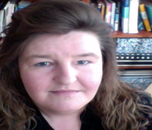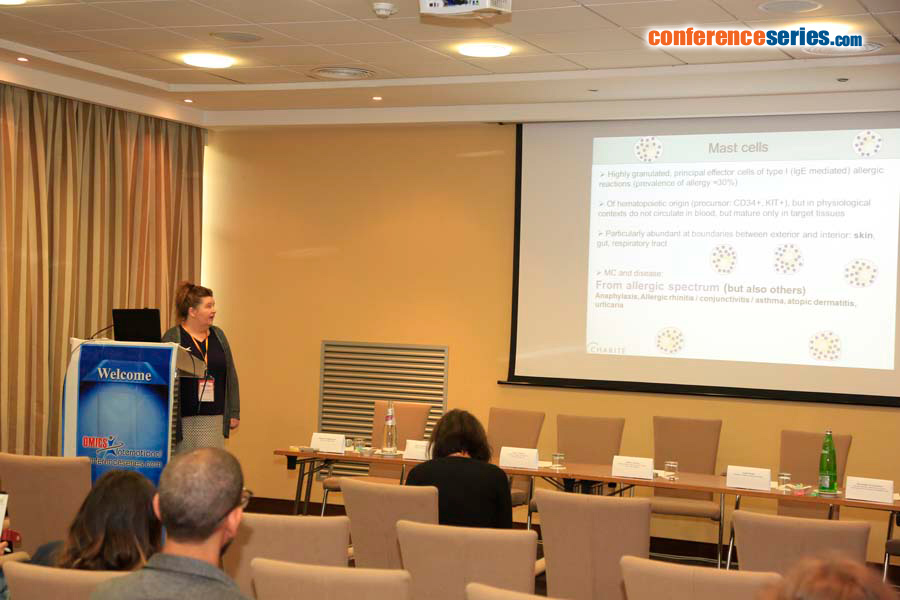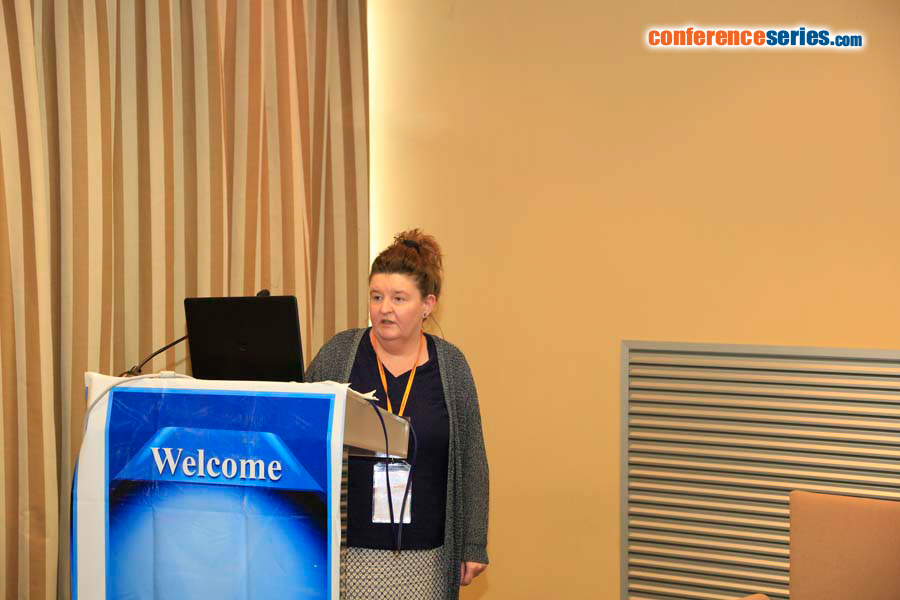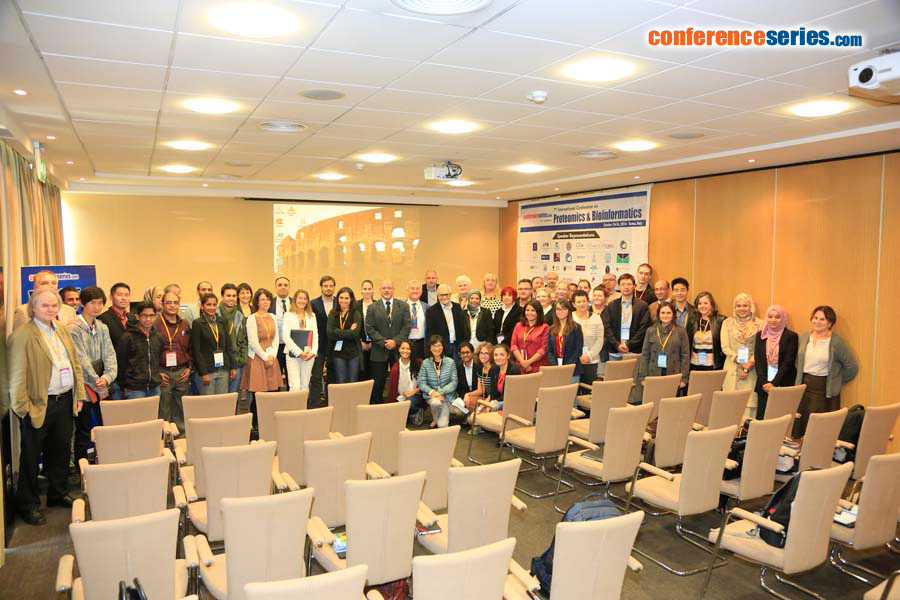
Magda Babina
Charité University Medicine Berlin, Germany
Title: The mast cell has much in store for us: A call to bioinformaticians to advance insights into a unique, intriguing but underexplored cell subset of the human body
Biography
Biography: Magda Babina
Abstract
Mast cells (MCs) are best known as effector cells of allergy but suspected to perform a range of other functions. Our knowledge of MCs in humans is seriously limited, as was one message from the collaborative endeavor FANTOM5 which used deep-CAGE sequencing on skin-derived MCs to generate a comprehensive view of their transcriptome. MCs were embedded in the body-spanning atlas, the datasets allowed to directly contrast their molecular signature against ≈200 primary cells. Our work demonstrates that: MCs are unique cellular elements; have no near neighbor; are intensely adaptable and; display transcriptional peculiarities. Our work also demonstrates: Uniqueness: MCs combine “private” with pan-hematopoietic genes supplemented by genes of disparate organs (e.g. neuronal/reproductive); Position: MCs have no close relative in the hematopoietic network being well separated from all other lineages, both by principal component analysis and by pairwise correlation analysis; plasticity: MCs show substantial adaptations regarding transcriptome, protein/mediator expression and functional programs in new microenvironments and; peculiarities: Cells with greatest TF diversity across atlas (893/MC versus 617/average) and many non-annotated transcripts exclusively active in MCs. Encouraged by these findings, novel functionalities of MCs have been uncovered (e.g. active BMP receptor and significance of the retinoid network) but burning questions remain such as “What is the nature of the TF network underlying lineage specification?”, “How do non-annotated transcripts contribute to MC identity?”, “How are genes from unrelated tissues activated in MCs”? Detailed bioinformatics analyses will help identify the most probable interconnections to facilitate further examination by wet-bench biologists.




